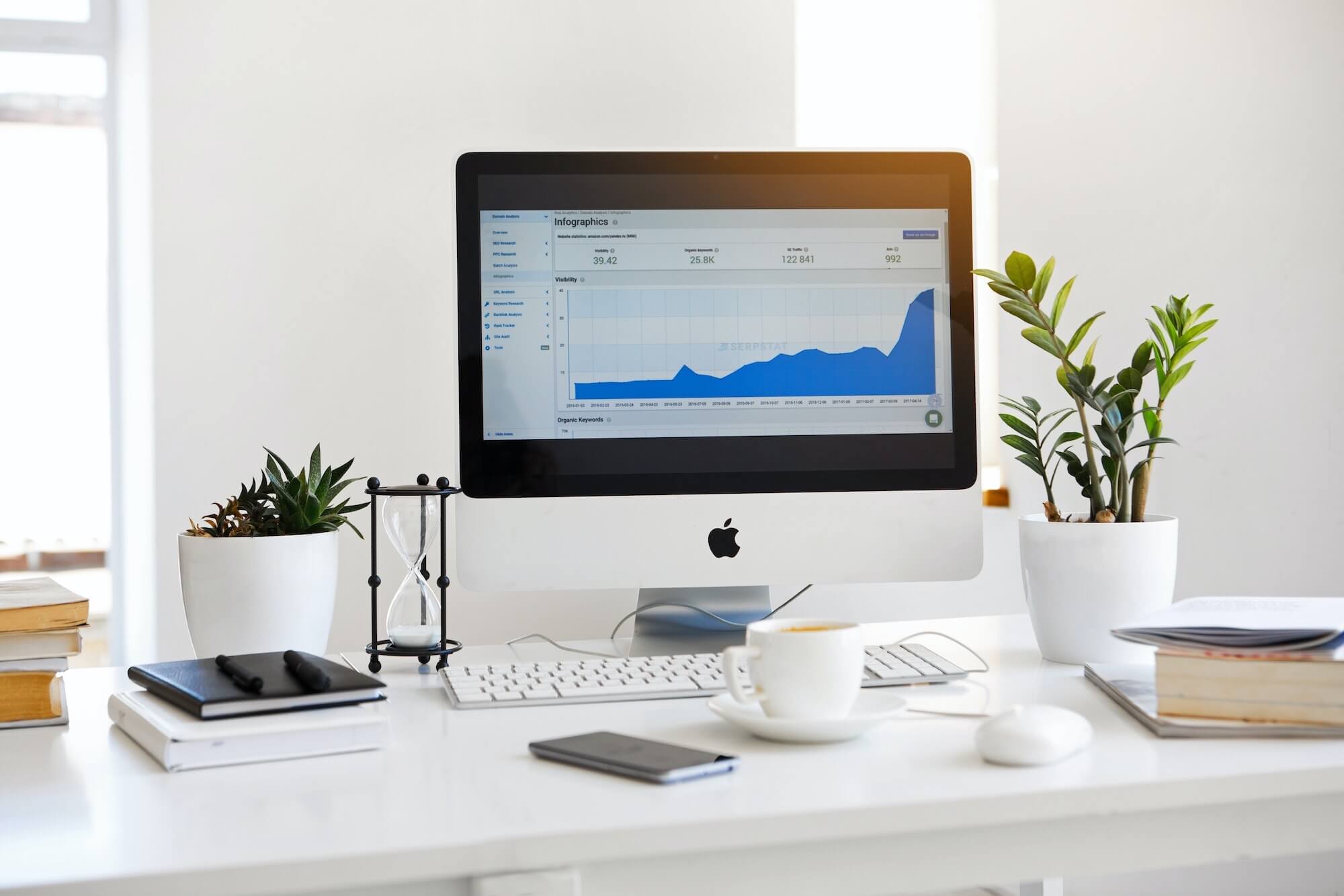What is the Best Invoicing Software?

There are a ton of different options when it comes to creating slick invoices quickly and easily now a days. But which one is the best invoicing software for your business?
If you’re still using Word or Excel templates to create your invoices, then it’s time to get with the program. There is literally not 1 reason why anyone should continue to create their invoices in Word or Excel anymore. It’s messy, it leads to errors & getting visibility into your receivables is usually problematic. Today, the tools exist to be able to quickly create and send out invoices while being able to accept payments on the go.
Let’s take a look at a few systems that we like to recommend:
1. Freshbooks
Freshbooks has to be 1 of my all time favorite apps. There is nothing more intuitive, straightforward and easy to use than Freshbooks… period. I’m not just talking about invoicing apps either. I’m talking about apps just in general. The team at Freshbooks have literally just nailed it.
We typically like to recommend Freshbooks to those who invoice based on time (although not a prerequisite for using the product), so if you need to track your hours and then invoice based on time (not that we condone that kind of behaviour!), Freshbooks could very well be a good match for you as the time tracking capabilties work quite well.
Invoices can be created in a matter of seconds and the invoice templates provided look great as well. Quoting is also doable in Freshbooks and they are easily converted into an invoice upon acceptance.
Once an invoice is created, you can email it out you can then view the status easily. Want to know if your client viewed the invoice but “forgot” to pay it? No problem. You’ll be able to see that here. Once the client decides to pay, there will be a link on the invoice where they will be prompted to enter either Paypal or credit card information if you have activated the proper settings in Freshbooks. Always make it super simple for clients to pay you. Freshbooks definitely helps in this respect.
Expense tracking is another feature that is featured in Freshbooks. We tend to recommend this to businesses that are not incorporated and handle all of their revenue & expense tracking within Freshbooks itself. For incorporated businesses, we typically recommend an integration with one of the cloud accounting systems mentioned further down in the article.
They also have an awesome mobile app for quickly invoicing on the go as well as a powerful API that has allowed a score of 3rd party apps to integrate into one another.
Oh ya, and the cherry on the top… they’re Canadian (we like supporting Canadian!).
2. Harvest
Harvest is another very popular app when it comes to invoicing and in some respects there are quite a few similarities to Freshbooks. If there is a particular feature that isn’t found in Freshbooks that you’re looking for, you might want to check out Harvest.
Harvest is also quite strong when it comes to time tracking, so those needing to rebill their time may want to check this out as well. They also have a handy feature that allows you to be notified whether you are over your budgeted hours on certain projects and a handful of useful reports as well.
Harvest is an app that should take careful consideration for your invoicing needs.
3. Your cloud accounting app of choice
If you have very basic invoicing needs, then you might want to consider using your cloud accounting software to handle it. Not on the cloud yet? Well that’s a topic for another discussion as the benefits of moving your accounting to the cloud are numerous. Apps like Xero, Quickbooks Online, Wave & Kashoo allow you to quickly create invoices and collect payments easily from clients using various payment gateways. Each one of these cloud accounting apps will perform quite similarly in terms of basic invoicing capabilities. They’re all easy, foolproof and will help you stay organized as well as be able to collect payment quickly.
If you have more than basic invoicing needs and choose an app to handle this, then you want to check to make sure that it integrates with your cloud accounting system. The goal is to streamline this process. If you create an invoice in your invoicing app, you want to make sure that the invoice is then pushed to your cloud accounting system, thus reducing duplication of entry, therefore saving time and reducing the chances of error.
4. Word or Excel?
Please… let’s not even go there!
What’s best?
I’ve only just touched on a few invoicing apps. There are 100’s upon 100’s of others. At the end of the day we want to quickly and easily create and send invoices, collect payment from clients with as little friction as possible, keep track of our receivables and lastly be able to streamline this invoicing process with our cloud accounting system. The days of Word & Excel templates are over for your invoicing needs, it’s time to look bigger and brighter things!

